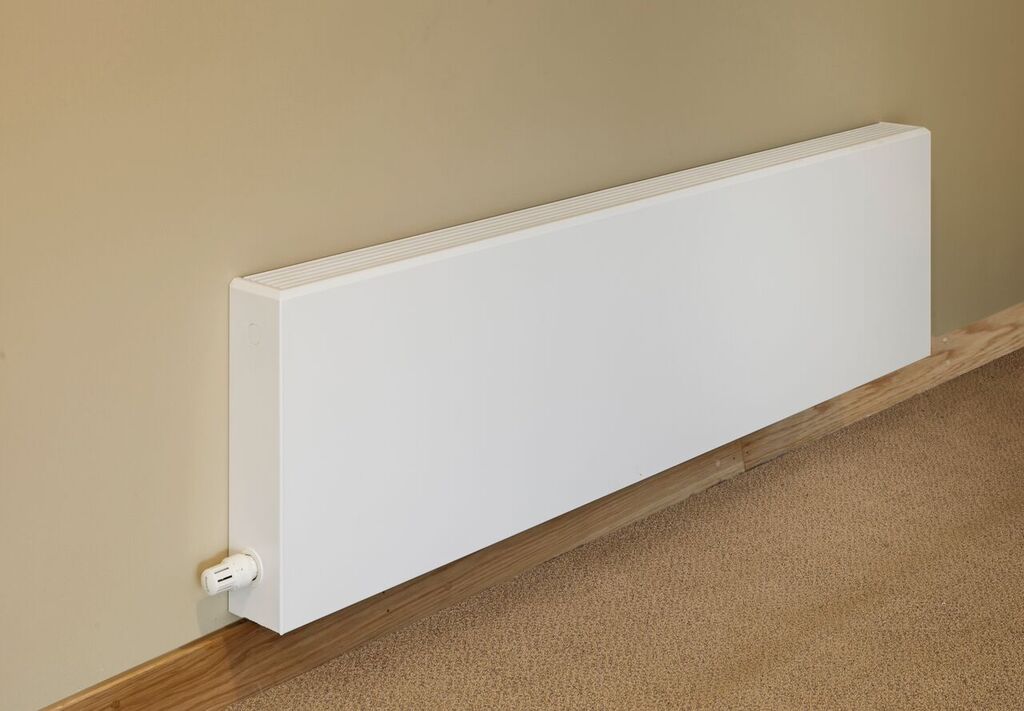Preventing public harm with low surface temperature radiators

Phil Marris, Managing Director at Jaga Heating Products UK, puts forward the case for using Low Surface Temperature (LST) radiators in public buildings.
It should go without saying that for organisations whose premises are subject to continuous public footfall, detailed risk assessments have to be taken very seriously. Every possible scenario should be considered to protect the safety and welfare of staff and visitors, and to protect the organisation itself from potential liability claims.
Heating systems are just one of many important facets to consider, but the risks associated with them are often overlooked. However, just by taking a few simple steps, health and safety professionals can demonstrate that they have done all within their power to ensure that the risks to staff and to the general public have been minimised. And, there’s no need to compromise on performance, looks and energy efficiency. In addition to safety assurances, the best safe heating solutions can exceed the desired levels of heating performance and efficiency, and even prove complementary to the interior design.
When the public’s well-being is of top priority, a radiator is never ‘just a radiator’. That is why installers should recommend low surface temperature (LST) solutions as the ideal choice.
Knowing the risks
LST radiators are widely used in healthcare facilities, schools and care homes, but their benefits are transferable and ideal for use in public buildings too. There are any number of buildings that would fall into this category, each with its own uses and demands. It could be a library, museum, hotel, gallery, shopping centre, leisure centre, town hall and many more.
In each case, the building’s heating system should be designed with a ‘worst case scenario’ approach.
That means acknowledging that the radiators may be exposed to any given person at any given time during opening hours – including the more vulnerable members of society such as the elderly, disabled or children.
The most obvious risk is the potential harm caused through touching hot surfaces or exposed pipework. In a conventional hot water system – with an incoming flow temperature of at least 75°C and a return of 65°C – radiator surface temperatures can exceed 70°C, which can cause serious burns within seconds of contact.
In an instant, an organisation’s neglect of its Duty of Care is exposed – why take the risk? Taking extra care in the specification process will undoubtedly benefit all parties in the long run, and those making product recommendations will be valued for taking such a considered approach.

Comfortable temperatures, safe environment
When a publicly accessible building requires wall-mounted radiators, low mass, low surface temperature (LST) radiators tick all the boxes.
The heat emitter in these products features a large surface area for transferring heat to the space. But more than that, it eliminates the risk of burns by incorporating a casing that covers all the potentially harmful piping components whilst providing a safe, cool to touch surface – no more than 43°C.
Public organisations of course need to be wary of the performance to energy spend balance, with heating and hot water accounting for a significant proportion of a building’s operating costs. If the LST solution chosen is low-mass and low water content it makes it highly responsive and as such, extremely flexible in accommodating the temperature demands of a large building. Independent testing at BRE and KIWA has demonstrated that installation of this type of radiator can reduce energy consumption (and thus heating bills) by 10% compared to traditional steel panel radiators. So there’s no wasteful over-heating of any space.
Low-mass, low surface temperature radiators provide health and safety professionals with an ideal solution, and the added safety benefits do not detract from overall heating performance.

Phil Marris is the Managing Director at Jaga Heating Products UK.
Preventing public harm with low surface temperature radiators
Phil Marris, Managing Director at Jaga Heating Products UK, puts forward the case for using Low Surface Temperature (LST) radiators
Safety & Health Practitioner
SHP - Health and Safety News, Legislation, PPE, CPD and Resources Related Topics
Horticulture company fined after lorry driver suffers life changing injuries
RAAC: How big of an issue is it?
Webinar: Risk Management Redefined: How To Drive Continuous Improvement




[…] Installing radiators that generate a relatively low level of surface temperature is a must for organisations whose premises are subject to continuous public footfall, as a means of preventing accidents, experts have argued. […]